
Diospyros malabarica
(MRP Inclusive of all taxes)
- Shipping ₹79 for entire order
- Dispatch in 7 days
- Country of origin: India

(MRP Inclusive of all taxes)
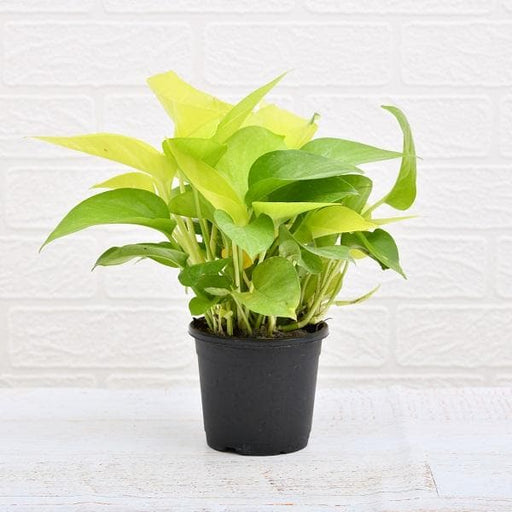 Save 29%
Save 29%
Air Purifier Money Plant with Pot The Air Purifier Money Plant, also known as Pothos or Epipremnum aureum, is a stunning indoor plant that...
View full details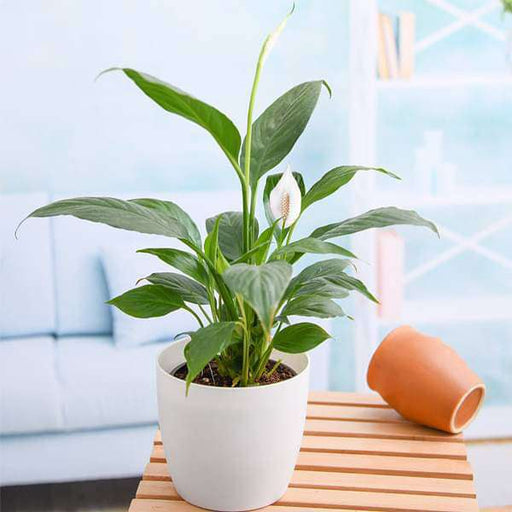
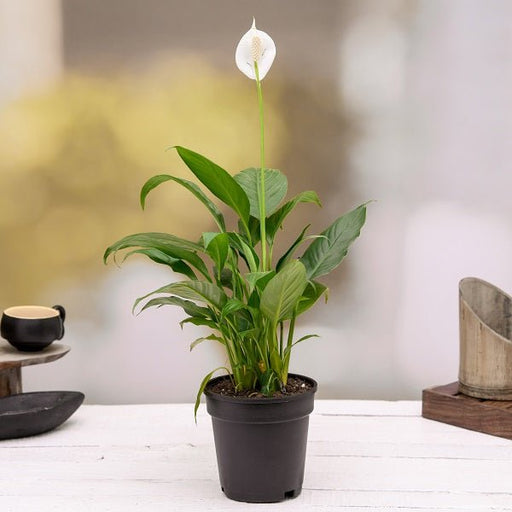 Save up to 15%
Save up to 15%
Peace Lily, Spathiphyllum - Plant The Peace Lily, scientifically known as Spathiphyllum, is a stunning houseplant celebrated for its elegant white...
View full details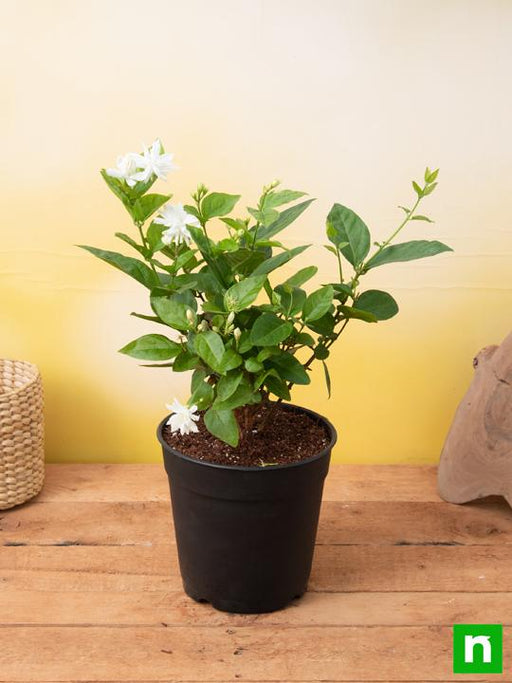
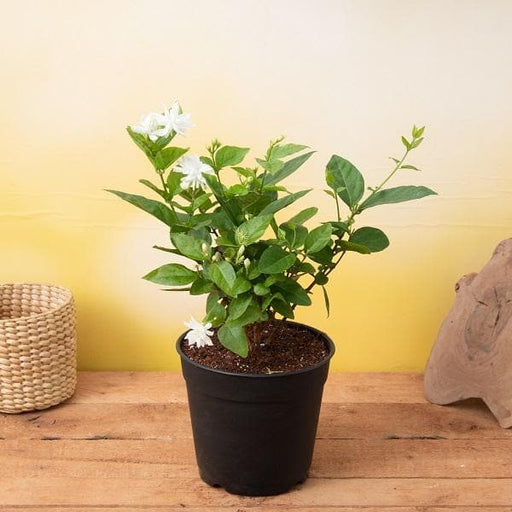 Save 25%
Save 25%
Jasminum sambac, Mogra, Arabian Jasmine - Plant Jasminum sambac, commonly known as Mogra or Arabian Jasmine, is a fragrant flowering plant...
View full details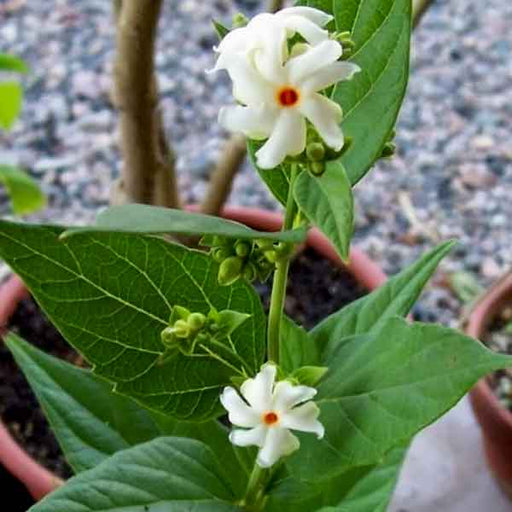
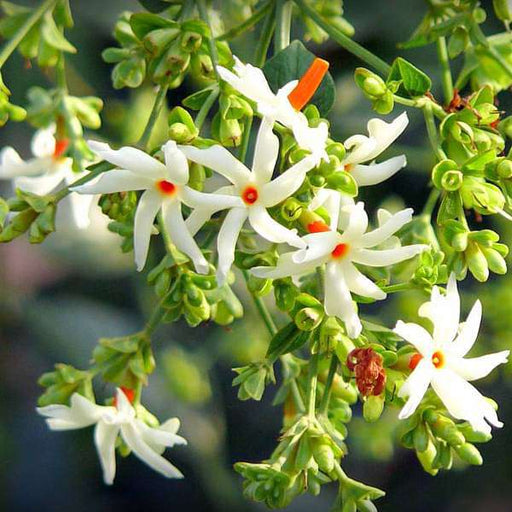 Save 18%
Save 18%
Combo Constituents Includes the Parijat Tree (Night-Flowering Jasmine), a culturally significant plant with fragrant flowers. Description The Pari...
View full details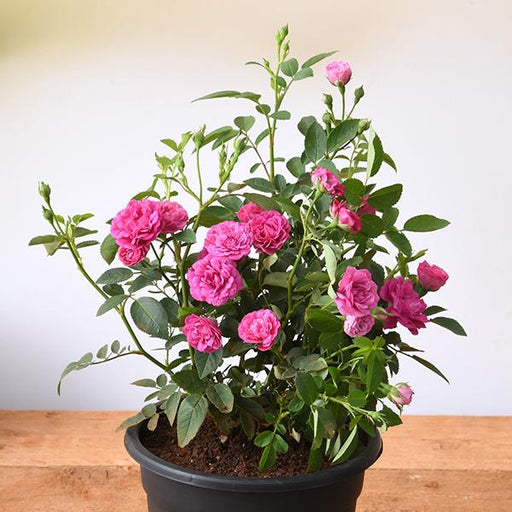
 Save 25%
Save 25%
Miniature Rose, Button Rose (Any Color) - Plant The Miniature Rose, also known as the Button Rose, is a charming and compact flowering plant that ...
View full details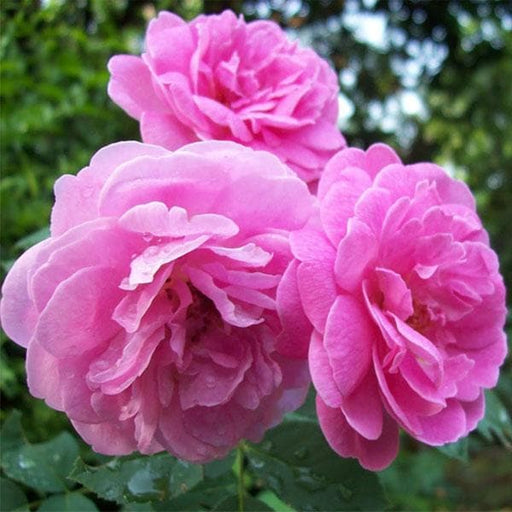 Save 25%
Save 25%
Damascus Rose, Scented Rose (Any Color) - Plant The Damascus Rose, also known as Rosa damascena, is a timeless symbol of beauty and romanc...
View full details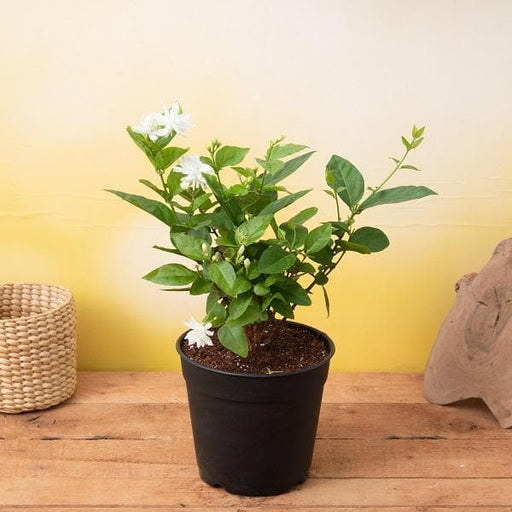
 Save 17%
Save 17%
Beautiful Fragrant Mogra, Arabian Jasmine Plant with Pot The Beautiful Fragrant Mogra, also known as Arabian Jasmine (Jasminum sambac), is...
View full details Save 15%
Save 15%
Pack of Vermicompost and Neem Cake for House Plants Transform your indoor garden with our premium Pack of Vermicompost and Neem Cake, spec...
View full details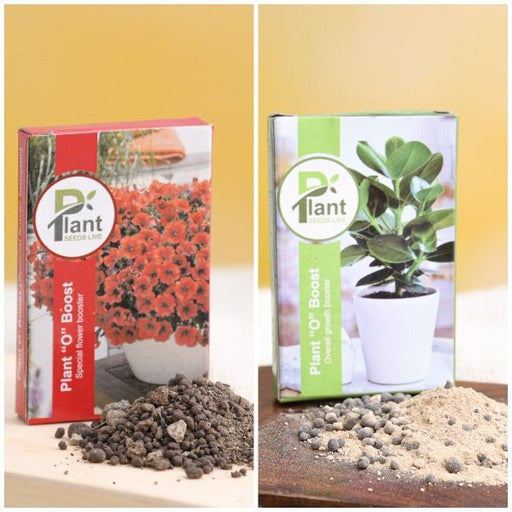
Pack of Plant Growth and Flower Boosters Unlock the full potential of your garden with our Pack of Plant Growth and Flower Boosters! This ...
View full details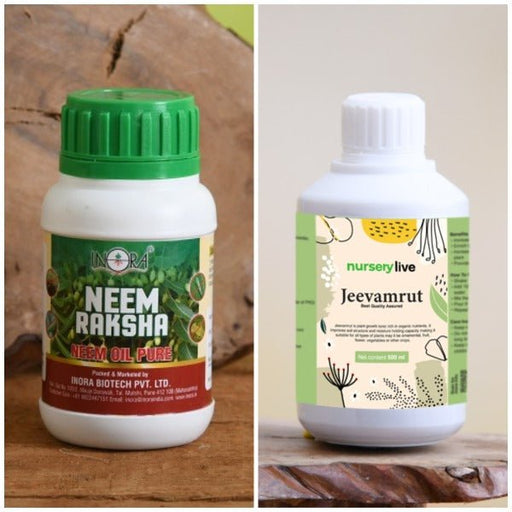 Save 38%
Save 38%
Combo of Jeevamrut and Neem Raksha for Easy Growth and Protection of Houseplants Transform your indoor garden with our exclusive combo of ...
View full details Save 22%
Save 22%
Plant Nutrients Kit (Pack of 16) for a Healthy Garden Transform your garden into a lush paradise with our Plant Nutrients Kit, featuring 1...
View full details Save 16%
Save 16%
Combo of Top Plant Fertilizers Elevate your gardening game with our exclusive Combo of Top Plant Fertilizers, featuring two bags of premiu...
View full details Save 24%
Save 24%
Pack of 4 Additives to Make Soil Healthy and Nutrient Rich Transform your garden into a thriving ecosystem with our Pack of 4 Additives de...
View full details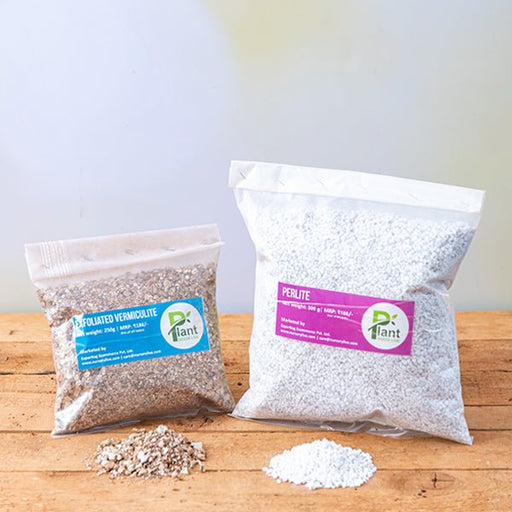 Save 30%
Save 30%
Transform your gardening experience with our premium Combo of Perlite and Vermiculite. This unique blend is designed to enhance soil aeration and ...
View full details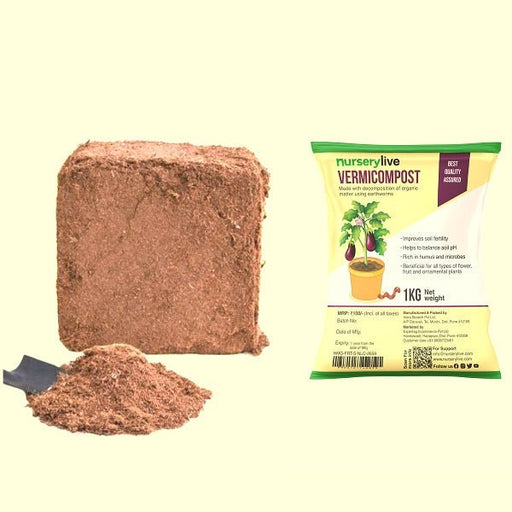 Save 27%
Save 27%
Combo of 2 Vermicompost and Cocopeat - Enrich Your Soil Naturally! Transform your garden into a thriving ecosystem with our Combo of 2 Ver...
View full details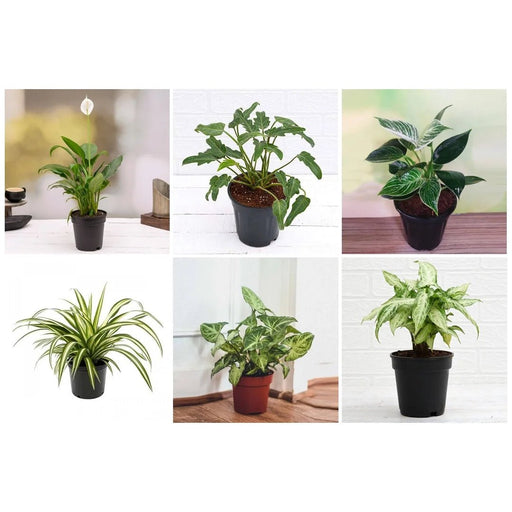
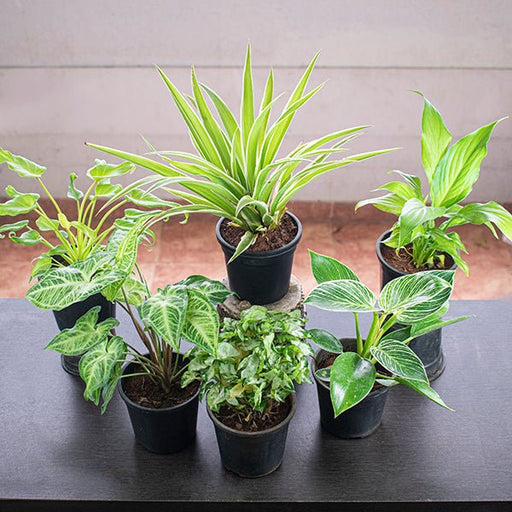 Save 35%
Save 35%
Best 6 Plants for Perfect Indoor Garden Transform your living space into a lush oasis with our curated collection of the Best 6 Plants for a...
View full details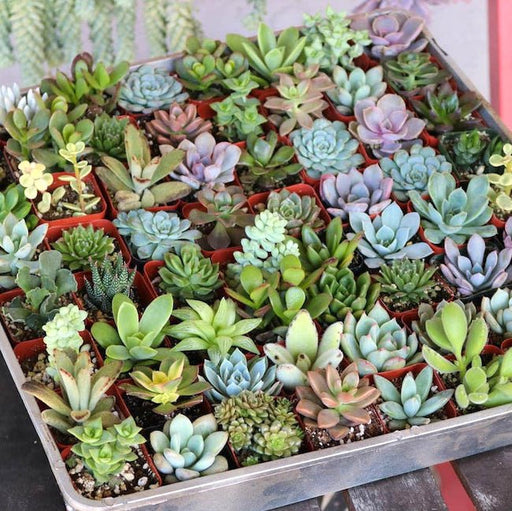
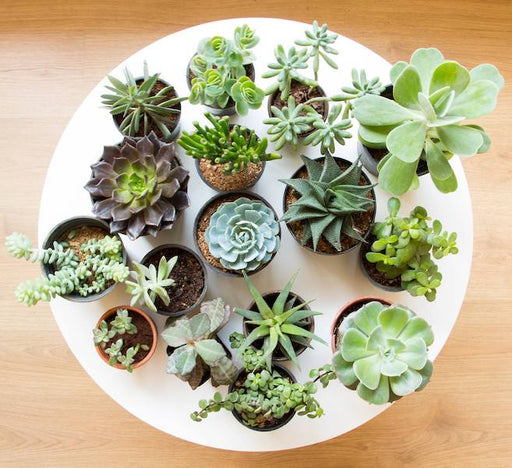 Save up to 50%
Save up to 50%
Mini Succulent Garden Pack Transform your space with our Mini Succulent Garden Pack, featuring a delightful collection of 4 any variety beautiful s...
View full details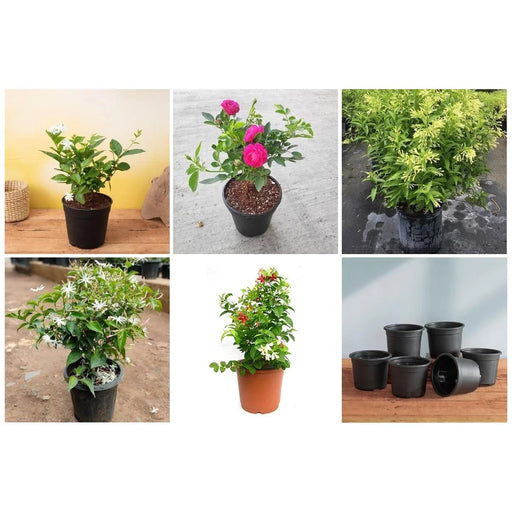
 Save 30%
Save 30%
5 Best Fragrant Plants Transform your garden or indoor space into a fragrant paradise with our curated selection of the 5 Best Fragrant Plants. Th...
View full details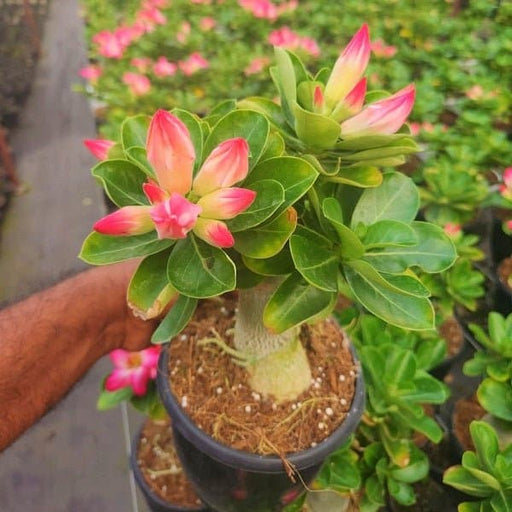
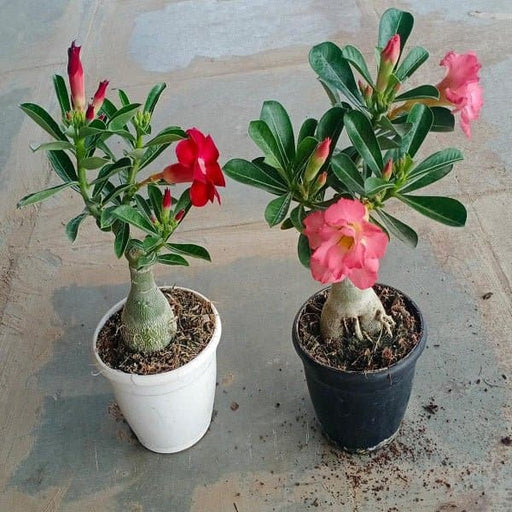 Save 24%
Save 24%
Set of 2 Bonsai Looking Grafted Adeniums Transform your indoor or outdoor space with our exquisite Set of 2 Bonsai Looking Grafted Adenium...
View full details Save 45%
Save 45%
Top 4 Die Hard Succulents Pack Transform your indoor or outdoor space with our Top 4 Die Hard Succulents Pack, featuring a curated selecti...
View full details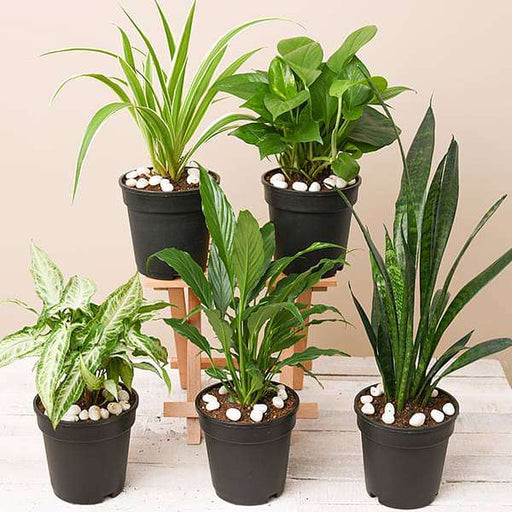
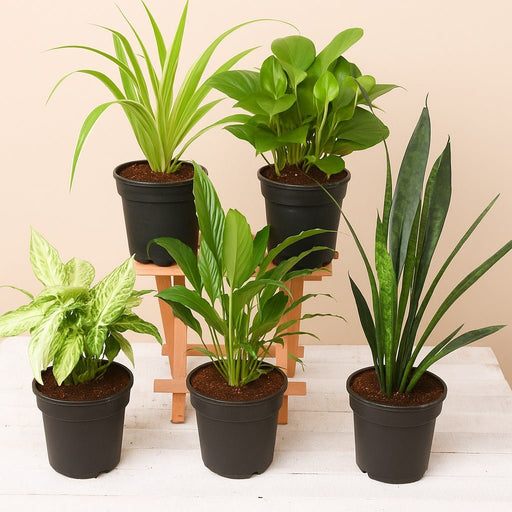 Save 30%
Save 30%
5 Best Indoor Plants Pack Transform your living space into a lush oasis with our '5 Best Indoor Plants Pack.' This carefully curated collection fe...
View full details
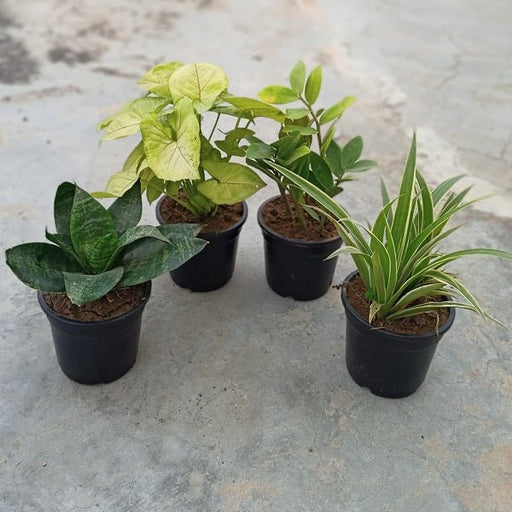 Save 25%
Save 25%
Set of 4 Evergreen Air Purifier Plant Pack Transform your indoor space into a lush, green oasis with our Set of 4 Evergreen Air Purifier Pla...
View full details| SrNo | Item Name |
|---|---|
| 1 | Diospyros malabarica |
Diospyros malabarica, commonly known as the Malabar ebony, is a tropical tree native to the Indian subcontinent and Southeast Asia. Renowned for its dense, dark wood, this species is a member of the Ebenaceae family. The tree can grow up to 20 meters tall and produces small, fragrant flowers that attract various pollinators. Its fruit, a small berry, is edible and enjoyed by local wildlife.
This tree is not only valued for its timber but also for its ecological contributions, providing habitat and food for numerous species. The Malabar ebony is a symbol of strength and durability, making it a sought-after material for fine furniture and musical instruments.
Diospyros malabarica stands out due to its exceptional wood quality, which is highly prized in woodworking and craftsmanship. The rich, dark color and fine grain of the wood make it ideal for high-end furniture and decorative items. Additionally, its ability to thrive in various soil types and climates makes it a versatile choice for landscaping and reforestation projects.
This species is known for its remarkable resistance to decay and insects, making it a long-lasting choice for outdoor applications. Furthermore, Diospyros malabarica plays a crucial role in its ecosystem, supporting biodiversity by providing food and shelter for various wildlife species.
Diospyros malabarica plays a vital role in its native ecosystem by providing habitat and food for various species. Its cultivation can help combat deforestation and promote sustainable forestry practices. By planting Malabar ebony, you contribute to carbon sequestration, helping to mitigate climate change.
This tree isn’t just a pretty face in the forest; it’s a multitasking marvel! Known for its medicinal properties, Diospyros malabarica is like the Swiss Army knife of the plant world. From treating fevers to soothing skin ailments, this tree has your back. Plus, its fruits are a tasty treat for both humans and wildlife, making it a social butterfly in the ecosystem. Who knew a tree could be so generous?
a tropical paradise where the Diospyros malabarica thrives. This tree loves to hang out in warm, humid climates, often found in evergreen forests. It’s like the cool kid at school, preferring the company of other lush greenery. If you’re looking for this botanical beauty, head to Southeast Asia, where it’s the life of the party among diverse flora and fauna.
The Diospyros malabarica is not just a tree; it’s a treasure chest of uses! From its durable timber, perfect for crafting furniture, to its fruits that can be turned into jams, this tree is the ultimate DIY project waiting to happen. And let’s not forget its role in traditional medicine—this tree is basically the local pharmacist, offering remedies straight from nature’s own apothecary.
If you’re impatient for a tree to grow, Diospyros malabarica might just test your patience. This slowpoke takes its time, growing steadily but surely. It’s like that friend who always shows up late to the party but brings the best snacks. With the right care, you’ll eventually have a majestic tree that’s worth the wait, providing shade and beauty for years to come.
Want to spread the love of Diospyros malabarica? Propagation is the name of the game! You can start this tree from seeds or cuttings, but be prepared for a bit of a waiting game. It’s like trying to convince your friend to join a book club—sometimes it takes a little coaxing. With the right conditions, you’ll soon have a mini forest of these beauties to admire.
Diospyros malabarica is a bit of a diva when it comes to soil. It prefers well-drained, loamy soil that’s rich in organic matter. Think of it as the tree’s version of a five-star hotel—no muddy basements for this beauty! If you want it to thrive, roll out the red carpet with the right soil mix, and it will reward you with stunning foliage and fruit.
Every tree has its enemies, and Diospyros malabarica is no exception. While it’s generally resilient, it can attract a few pesky pests that think they can crash the party. Aphids and caterpillars might try to munch on its leaves, but with a little vigilance and some natural pest control, you can keep these uninvited guests at bay. After all, no one likes a party crasher!
In a world where trees are disappearing faster than your favorite snack at a movie, conservation of Diospyros malabarica is crucial. This tree plays a vital role in its ecosystem, providing habitat and food for various species. By supporting sustainable practices and reforestation efforts, you can be a superhero for this tree and its friends. Remember, every little effort counts in the fight against deforestation!
The fruit of Diospyros malabarica is like nature’s candy—sweet, juicy, and oh-so-delicious! These little gems are not just a treat for your taste buds; they’re also packed with nutrients. Whether you eat them fresh or whip up a delightful jam, the fruit is a delightful way to enjoy the bounty of this tree. Who knew healthy snacking could be so tasty?
When it comes to wood, Diospyros malabarica is the heavyweight champion. Its timber is known for its durability and beautiful grain, making it a favorite among craftsmen and builders. Think of it as the luxury car of the wood world—sturdy, stylish, and built to last. Whether you’re crafting furniture or flooring, this wood will elevate your project to a whole new level of sophistication.
Diospyros malabarica isn’t just a tree; it’s a cultural icon in many regions. Revered for its beauty and utility, it often finds its way into local folklore and traditions. From being a symbol of strength to featuring in traditional crafts, this tree has woven itself into the fabric of community life. It’s like the celebrity of the forest, always in the spotlight!
Caring for Diospyros malabarica is like nurturing a friendship—it requires attention and love. Regular watering, proper pruning, and a little fertilizer will keep this tree happy and healthy. It’s not too demanding, but it does appreciate a little pampering. Treat it right, and it will reward you with stunning foliage and a bountiful harvest, proving that good things come to those who care!
Diospyros malabarica, also known as the Malabar ebony, is a tropical tree native to India and Southeast Asia. It’s famous for its dense, dark wood, often used in fine furniture and musical instruments. Think of it as the James Bond of trees—sleek, sophisticated, and always in high demand!
You can find Diospyros malabarica in the lush forests of India, particularly in the Western Ghats. It thrives in tropical climates, so if you’re planning a trip, pack your bags and your best tree-hugging gear. Just remember, it’s a tree, not a tourist attraction!
Diospyros malabarica is a multitasker! Its wood is prized for crafting furniture, musical instruments, and decorative items. Additionally, its fruits are edible and can be used in traditional medicine. It’s like the Swiss Army knife of the plant world—versatile and always handy!
Yes, Diospyros malabarica is considered vulnerable due to habitat loss and overexploitation. So, if you see one, give it a hug and maybe plant a few more. Let’s keep this tree around for future generations to enjoy its beauty and utility!
Diospyros malabarica can reach heights of up to 30 meters (about 98 feet). That’s taller than your average giraffe! So, if you’re looking for a tree that can give you a run for your money in the height department, this is it!
The wood of Diospyros malabarica is incredibly dense and durable, making it a favorite among craftsmen. It’s dark, beautiful, and can withstand the test of time—much like a fine wine or a classic movie. Just don’t try to chop it down for firewood; it’s too precious!
While Diospyros malabarica prefers to stretch its roots in the ground, it can be grown in pots if you’re feeling adventurous. Just remember, it’s a big tree with big dreams, so choose a pot that’s spacious enough for its ambitions!
Diospyros malabarica loves well-drained, fertile soil. Think of it as a tree with a taste for the finer things in life. If you want it to thrive, give it a mix of loamy soil and organic matter—like a gourmet meal for your leafy friend!
Diospyros malabarica has a moderate growth rate, taking several years to reach maturity. It’s not in a hurry, and neither should you be! Patience is key when nurturing this beauty, so sit back, relax, and let nature do its thing.
Yes, Diospyros malabarica can be trained as a bonsai! It’s like giving a tree a stylish haircut. With the right care and pruning, you can create a miniature masterpiece that will impress your friends and make your living room feel like a zen garden.
Diospyros malabarica can attract pests like borers and leafhoppers. But fear not! A little vigilance and natural pest control can keep these uninvited guests at bay. Think of it as a tree’s version of a bouncer—keeping the riffraff out while looking fabulous!